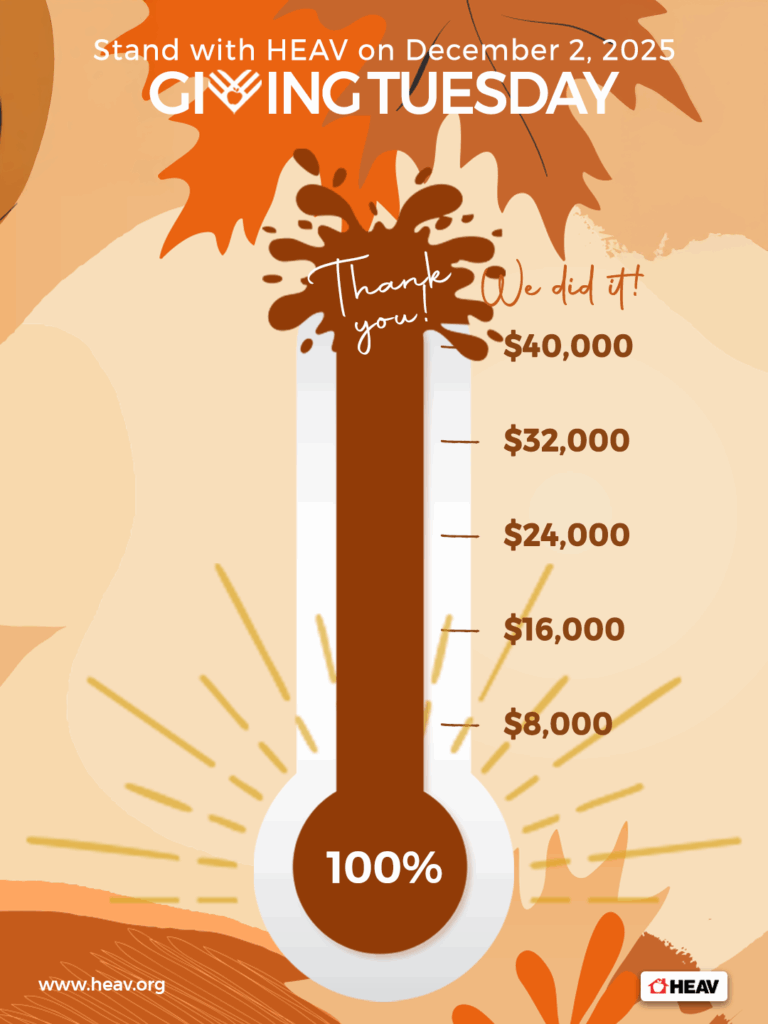Twelve Common Transcript Transgressions
#12 Inattention to Graduation Date
You may indicate this important date anywhere in your transcript layout. Month and year are not enough; a specific day has to be cited. If your student has not completed all the work by your graduation event, there is nothing wrong with adding a “summer school” session to finish up. However, if a couple of month’s extension is insufficient, then you should edit your graduation date appropriately.
#11 Inadequate Validation
Transcripts demand signatures in order to be considered valid. Don’t worry about titles of “principal” or “head teacher” but after your signature, do include any degrees you have earned. Also provide current contact information in case the reader needs clarification. In some cases, homeschool transcripts may need to be accompanied by an affidavit that certifies the accuracy of the document. Since this is not a routine requirement, however, you can wait until requested to produce one.
#10 Incomplete Student Identification
You need to indicate the student’s full legal name, birth date, gender, current address, and the names of both parents or legal guardians if both are living in the home. (Many homeschool mothers make the mistake of listing only their own names because they are doing all the teaching. However, that creates the impression they live in “single-parent” households.) Be sure to provide a Social Security Number (SSN) if you are planning to have your student apply for financial aid.
#9 Inaccurate GPA Calculations
Most of the academic world today uses a simple 4.0 scale for calculating Grade Point Average (A=4, B=3, C=2, D=1, F=0). But some schools provide an extra grade point for advanced courses (these are called “weighted” grades), and some states want grades listed numerically instead of by letters. Be sure to label which one you are providing.
There is also a continuing debate about whether “plus” or “minus” grades should be treated differently from a solid letter (i.e., giving more point value to an A than to an A-).The best thing to do is know what grade-point scale is most likely to be needed to facilitate your student’s goals, and use it consistently.
Here is the basic GPA formula: for each course, multiply grade points by credit(s) assigned for that course. Add up those grade-point extensions (credit multiplied by the G.P) for all courses, add the credit totals, and finally divide the grade-point total by the credit total. Report your GPA with a number that extends at least two digits beyond the decimal point.
#8 Improper Transcript Length
Don’t confuse the concepts “transcript” and “portfolio.” A transcript is an academic résumé and should be limited to two sides of one sheet of paper.
#7 Insufficient Documentation
While homeschooling is a completely viable educational choice, some people will question student records that are completely parent-produced. Gather materials to support your claims in case you are asked. Collect items such as a bibliography of all resources used, letters of recommendation (and evaluations, if possible) from anyone who works with your child, transcripts for college courses taken, research and writing samples, test score reports, etc.
Whenever you claim a “weighted” grade for advanced achievement, you should have some outside corroboration, such as CLEP scores, AP evaluations, college transcripts, or at least a bibliography of college-level text materials.
#6 Imprecise Course Titles
Since you want the reader of the transcript to know at a glance what your child has studied, create course titles that are as specific to the student’s achievement as possible. If you want to expand a World History course from one credit to two credits, don’t list “World History I” and “World History II”. Instead, use titles such as “Ancient World History” and “Modern World History.” In English, cite “American Literature,” or “British Literature” or “Journalism,” etc. In work study or apprenticeship areas, provide titles such as “Introduction to Carpentry,” “Finish Carpentry Skills,” “Small Engine Repair,” or “Computer Applications for Accounting.” (Hint: Community college catalogs are a great source of ideas for course labels.)
#5 Inconsistent Evaluation
Because there are many learning experiences that require subjective evaluation, the only way to assign accurate grades for your student’s work is to measure achievements against your stated objectives. If you do not take the time to plan your objectives, you cannot discern what is “outstanding” vs. what is “average” or “poor.” There is a time element in grading as well—if deadlines are not met, some measure of penalty should influence your grade. Don’t use “pass/fail” grades, as these can be devastating to your child’s GPA.
#4 Inflexible Rigidity
Conventional schools tie the assignment of credit to spending a designated number of hours in classroom attendance and outside preparation. The formula for this requirement varies anywhere from 120-200 hours of work. Since homeschooling is not classroom-oriented in the traditional sense, it is crucial that parents apply some flexibility to their report of Carnegie Units earned. If your student finishes the “Algebra I” textbook in four months instead of taking a full school year, that “Algebra I” course still receives a full Carnegie Unit of credit. Likewise, if the student takes two years to complete that “Algebra I” course, the course receives one Carnegie Unit of credit.
But, for those subjects that don’t have conventional textbooks, you will need to keep a time log of hours invested. I heartily recommend writing a “contract” with your student to specify what must be done by what deadline to earn an A, B, or C in the course. This agreement will help you tailor each credit you assign to the task list required for mastery.
#3 Irrational Fear
Your success as a home educator should not be measured by how closely you imitate the educational program of public or private schools. The diploma you grant to your child is a certification that he/she has met your own school’s requirements for graduation, and the transcript provides the details of that process. Your child does not have to satisfy the entrance requirements of any college in order to graduate from high school—though it may make sense to do so if you know that student is college-bound.
#2 Impromptu Delivery
Procrastination will damage your ability to create a high school transcript that presents your student’s work in the best possible light. If you wait until the last minute, you will forget important details, forfeit crucial edits, and circumvent the creativity that should earmark the tutorial lifestyle of learning that home education is all about.
#1 Irresponsible Omission
The number one transcript transgression is not doing a transcript at all. No parent can see the future! Can you say with certainty that your children will never attend college? What about the benefit you could receive even before graduation in the form of a “good-student discount” on auto-insurance premiums? Did you know that high school credentials are also increasingly used for security clearance? Make no mistake about it—producing a high school transcript is not optional!
For more than 20 years, Inge Cannon has helped parents translate everything they are doing in their home schools into “educationese.” Her background includes teacher, principal, college dean and professor, curriculum developer, and lobbyist for parental rights in education. Learn more at www.homeschooltranscripts.com. This article first appeared in the Virginia Home Educator, Winter 2009.












